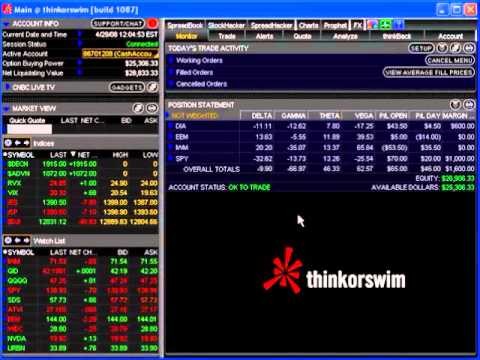Trading Currency Investment U
Post on: 7 Июнь, 2015 No Comment

The Trader’s U E-Letter: Issue #162
Wednesday, November 23, 2005
Trading Currency: How To Easily Play Moves in the Dollar with Three Distinct Investing Choices
by D.R. Barton, Jr.
Chairman, Trader’s U
After four years of getting pushed around by the euro, the U.S. dollar has been strengthening in 2005. In fact, it’s hovering close to the two-year high it made last week. And it is most likely not over.
Last week, I indicated that buying dollar strength looks like a good idea if it gets through a key level against the euro (1.1600 dollars). If the dollar strengthens to the point where the euro is worth less than 1.16 dollars, then we should be propelled into further dollar strength.
But how can you invest in or trade that belief? How does the average trader or investor buy and sell dollars? Let’s look at the most common and accessible ways of trading currency …specifically how to invest in the dollar, and which instruments might be the most useful for your portfolio account.
Three Distinct Choices in Trading Currency and Investing in the U.S. Dollar
Whether you think the dollar will go up or down, if you want to trade or invest in it, you must have something to buy or sell. You could always run down to a bank or an international airport and exchange all your euros for dollars, or vice versa. But as anyone who has traveled to a foreign country knows, the transaction fees charged by banks or currency exchange kiosks are huge! So, let’s look at some more practical alternatives within the strategy of currency trading, ranging from the futures and Forex markets to several available mutual funds.
1. The Futures Market
You can trade the dollar through the Chicago Mercantile Exchange’s (NYSE: CME) currency futures contracts. Currently, the CME offers contracts in about 16 currencies versus the dollar, and one generalized dollar index that tracks the dollar compared to a weighted basket of seven other currencies. To trade these contracts, you have to open an account with a futures broker. Here are some pros and cons to futures trading:
2. The Foreign Exchange Market (Forex)
The Forex market is used by institutions and speculators to exchange currencies around the world. In sheer turnover value terms, it is the largest financial market in the world. In the Foreign Exchange Market, all trading instruments are denominated in pairs, such as the euro / U.S. dollar pair, the U.S. dollar / Japanese Yen pair, or the euro / Japanese Yen pair. Almost all retail Forex trading is done in the spot market, meaning that the instruments are bought and sold for cash and have immediate delivery. In order to trade or invest in the dollar in the Forex currency market, you need to open an account with a Forex broker.
3. Mutual Funds in the Currency Market
Some of the more forward-thinking and leading-edge mutual fund families are now offering individual funds that allow traders and investors to play in the currency markets. All four of these funds correspond to the Dollar Index that was mentioned in the futures section above. The dollar index tracks the movement of the U.S. dollar versus a weighted basket of seven foreign currencies.
ProFunds (Nasdaq: RDPIX) has a fund that rises as the dollar index rises and an inverse fund that rises when the dollar index falls (Nasdaq: FDPIX). The Rydex fund family adds a twist by providing one fund that rises twice as fast as the dollar index (Nasdaq: RYSBX), and an inverse fund that falls twice as fast as the dollar index rises (Nasdaq: RYWBX).
With innovative new products like the Rydex and ProFund dollar-based mutual funds, traders and investors can diversify their portfolios and benefit from moves in the dollar.
Today’s TU Tips & Tricks
The Chart of the Week:
(NYSE: HSY), located in Hershey, PA (scarcely more than an hour from your editor’s house), is the home of the world’s biggest chocolate factory. After some recent hard times, a big reversal day occurred on Monday, and has the stock showing strength in the face of slightly negative news. This could be a good value / technical trading play. A stop just under $52.50 could give a nice reward-to-risk opportunity. Great trading,
D.R.
Related Articles:














